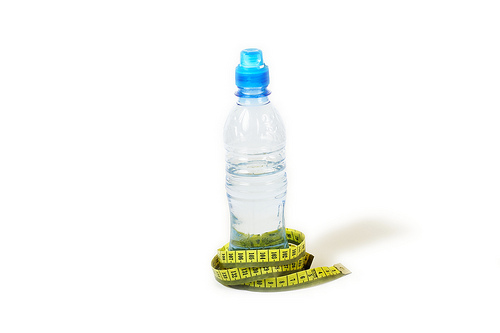
Hydration Is Job Number One In Pre-Workout Nutrition
Taking water along with you to your training sessions is always a good idea. In high temperatures the amount you need to drink to replace water lost to sweat and exhalation (moist air from inside the lungs is exchanged for dry air from outside the lungs, meaning a loss of water from the body that can be significant in cold weather as well as hot) is easy to underestimate. If you feel tired, headachey, nauseous or dizzy during your session you may be dehydrated, so check that first unless you know the cause. Additionally when you're new to exercise proper hydration isn't a habit and you're likely to be chronically dehydrated. A few sessions will get you more used to how much water you need.
- Important notification about information and brand names used in this slideshow!
- Photo courtesy of Chris Morin by Flickr : www.flickr.com/photos/30551653@N08/4200365381/
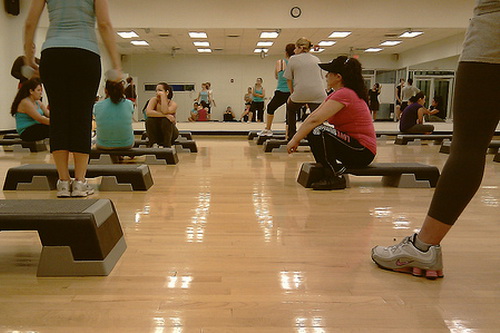
The Importance of Food and Fluid Intake Before Workout
Food and fluid intake before training is crucial. But it's often neglected, or seen as a negative by those trying to lose weight, who reason that the less they eat, the better - and when they train is when they're thinking about those issues the most, so it's when they eat less too. That's dangerous, though: you need a caloric deficit to lose weight, but it needs to be within fairly reasonable bounds, or your health ill suffer and you won't be able to train, which will keep you from your weight loss goals. Try to stay well hydrated all the time, but especially in the 12 hours or so leading up to your training session. As far as food is concerned, don't be too concerned if you don't feel like eating before you train: not everyone needs to, it depends on the overall quality of your diet. As you become more accustomed to exercise, you'll get better at laying down glycogen reserves to last you through your session, though if you're new to training or you're trying to gain or maintain weight, you're well advised to have a healthy meal or snack on hand for afterwards.
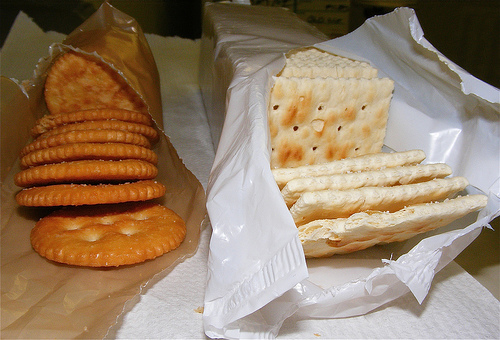
The Role of Carbohydrates in Pre-Workout Nutrition
Carbohydrates aren't the devil. While it's true that carbohydrates are behind the majority of obesity, that's only because of their effects on blood sugar and their caloric density. As a rule when you eat long chain carbohydrates they're absorbed into the bloodstream slower, and the body prefers to make glycogen from carbohydrates most of the time. So if you make the majority of your dietary carbohydrate intake the long-chain variety, you'll end up with better energy reserves. Carbs don't really have any role in the body except as a source of fuel, which explains the success of low-carb diets. But you do need to eat enough calories to support your activity, and carbs are usually the best quick-access energy source, which is why they feature so heavily in pre and post-workout nutrition along with protein and electrolytes.
- Important notification about information and brand names used in this slideshow!
- Photo courtesy of Newbirth35 by Flickr : www.flickr.com/photos/newbirth/2298040276/
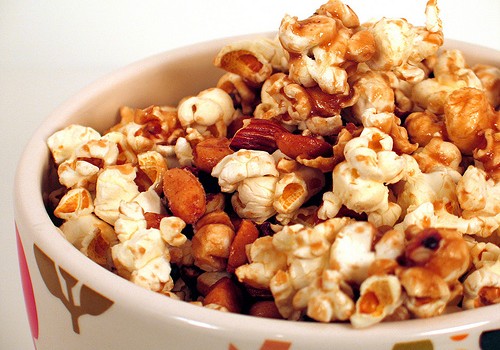
Trail Mix - To Get You Going and Get You There
Trail mix is popular with hikers and outdoors types for a reason. It's light, compact, easy to eat, requires no cooking or storage beyond a bag or box in a pocket, and it has fairly good nutritional profiles. A trail mix that's about half dried fruit and half mixed nuts will typically have about 500 calories per hundred grams, or about 2, 500 calories per pound. A surprizing amount of that will be fat and protein from the nuts, and it's also a good source of trace mineral salts from the nuts, essential to replace since they're lost through sweating and can cause problems in the body if the balance isn't right. Trail mix is a good choice but if your goal is to lose weight, remember how calorific it is and use it sparingly! For those aiming to maintain or gain weight trail mix is an excellent pre-workout food.
- Important notification about information and brand names used in this slideshow!
- Photo courtesy of Patsy K by Flickr : www.flickr.com/photos/29249717@N07/3012008830/
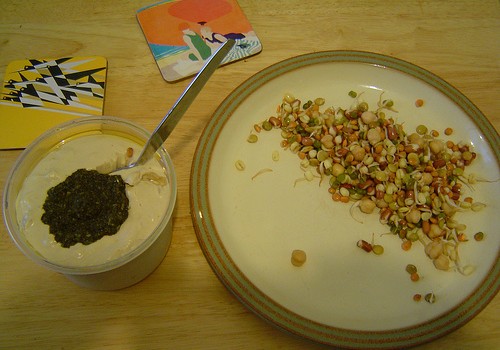
Humus and Vegetables for a Healthy Pre-Workout Snack
Humus is a paste of chickpeas and oil, relatively high in fiber and rich in vegetable oil. Using it as a dip for vegetables like carrot sticks or celery stalks - or peppers cut lengthways - can be a great way to get more fiber into your diet, though that mostly comes from the vegetables. And it can be a good way to increase your protein intake, though that will require eating some grain-based foods too - of the six amino acids required to produce human tissue, grains have three and legumes have the other three. Some people experience adverse reactions to legumes, so check this isn't you before putting humus on the menu.
- Important notification about information and brand names used in this slideshow!
- Photo courtesy of Gordon Joly by Flickr : www.flickr.com/photos/loopzilla/66516673/
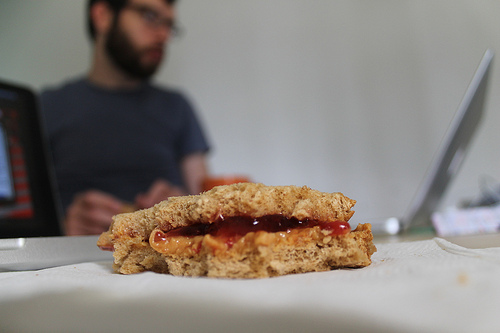
Peanut Butter and Jelly: An American Classic, Great For the Gym
Peanut butter and jelly is one of the most popular and iconic of American sandwich fillings - what other sandwich filling is known simply by its 'PB'n'J' initials? But peanut butter and jelly is a classic for a reason. Peanut butter is rich in protein and fat, while the jelly is a good source of short-chain carbs, otherwise known as sugar. If you're just about to work out, though, carbs aren't such a bad idea, and the high fat and protein content of the peanut butter slows the absorption of the sugar. Protein is a good idea for inclusion in your ore-workout meal because it helps protect you from catabolysis, the process whereby muscle tissue is broken down for fuel, and means there's protein floating around free to be used to repair damaged muscle tissue during your session.
- Important notification about information and brand names used in this slideshow!
- Photo courtesy of Connie Ma by Flickr : www.flickr.com/photos/ironypoisoning/10400052555/
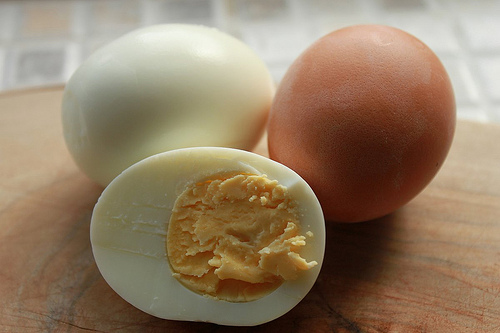
Go to Work on a (Boiled) Egg, For Great Nutrition
Boiled eggs provide, on average, about 7 grams of protein and about 7 grams of mixed fats per egg. While there have been some care stories about eggs in relation to their fat content and its effect on cholesterol, recent research suggests that eggs aren't implicated in increased risk of stroke or heart disease. They are implicated in being the source of some of the most high-quality, bioavailable protein there is, and in passing, we could mention that the range of fats in eggs can have great health benefits and eggs are a great source of nutrients like choline, a vital link in the chain when your body comes to break down fat for energy. Before or after your workout, you can't beat an egg! Well, you know what I mean...
- Important notification about information and brand names used in this slideshow!
- Photo courtesy of vanessa lollipop by Flickr : www.flickr.com/photos/vanessapoppe/8562009028/
- towncenterwellness.com/blog-posts/eggs-ok/
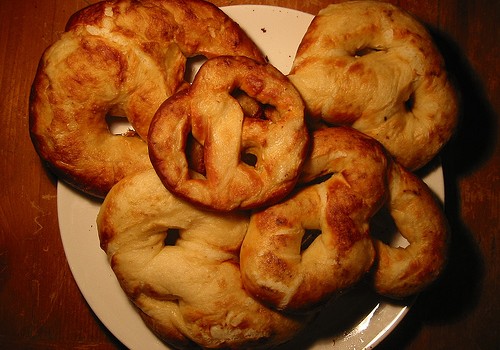
Bagels and Pretzels -Before You Reach For the Bar
Bagels and pretzels make good pre-workout snacks for the same reason that they make seductive, but ultimately unwise, bar snacks: they're high in easily digested, high-glycaemic index, short-chain carbohydrates. That means they're great for use as fuel sources in the 30 minutes or so before your training session. While these foods will provide you with energy, be careful not to overdo it: eating so much before you train that you're in caloric surplus even after the demands of your session are factored in is only a good idea if you're trying to gain weight, since that's what will happen.
- Important notification about information and brand names used in this slideshow!
- Photo courtesy of Tobin by Flickr : www.flickr.com/photos/tobin/459508281/

High-Glycemic Fruits - A Sweet Boost For Pre-Training
High-GI fruits, like bananas, melons, pineapples and raisins, are a good way to get some energy for your workout. High GI fruits will give you a relatively quick-release energy fix just before your workout, but for some they contain too much fiber and make you feel bloated. Try mixing fibrous fruits with other pre-workout snacks to get the best mix for you. Fruit salad can go well with something like an energy bar for longer workouts - and the fruit contains vitamins and minerals that will help protect your body from free radicals and other damage caused by your training!
- Important notification about information and brand names used in this slideshow!
- Photo courtesy of Matt Kowal by Flickr : www.flickr.com/photos/mattkowal/4870434053/
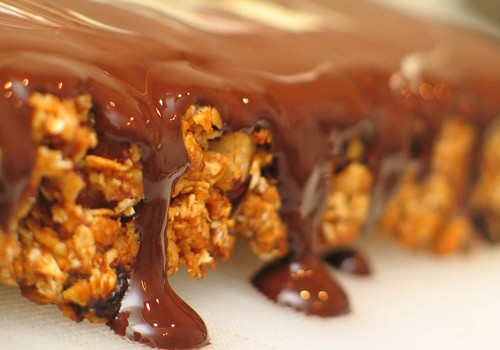
Energy Bars Make Good Pre-Workout Snacks
Energy bars can be a great choice for pre-workout nutrition. Many are based around an oatmeal or other grain bar, with added vitamins, minerals and boosted protein content. As a result, they offer a nutritional balance that's better than most alternatives. However, they're usually quite expensive compared to other options and are often highly calorific. Ideally, you want your pre-workout snack to contain about half as many calories as you expect your workout to require, if you're trying to lose weight, and that figure is surprisingly easy to exceed with commercial energy bars. There are several online tools for tracking your calorie requirements when you train, so match them up against your intake to see what you need to be eating or drinking for pre-workout nutrition.
- Important notification about information and brand names used in this slideshow!
- Photo courtesy of Phil and Pam Gradwell (to be) by Flickr : www.flickr.com/photos/philandpam/171594302/



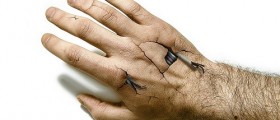
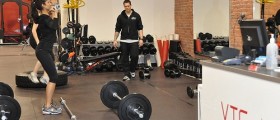
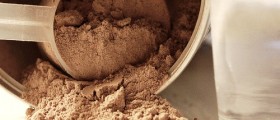
_f_280x120.jpg)
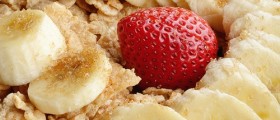
_f_280x120.jpg)
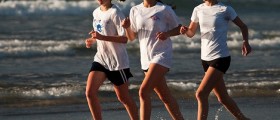

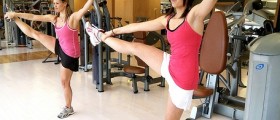



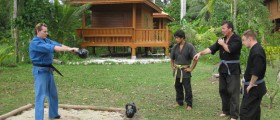


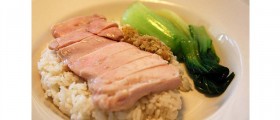
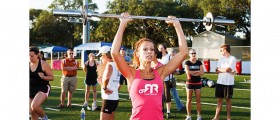

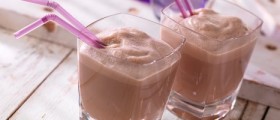
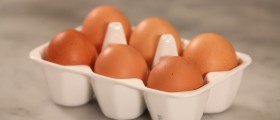
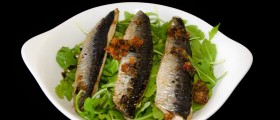
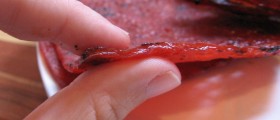
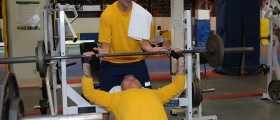
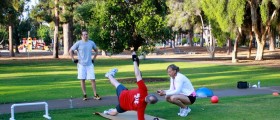
Your thoughts on this
Loading...